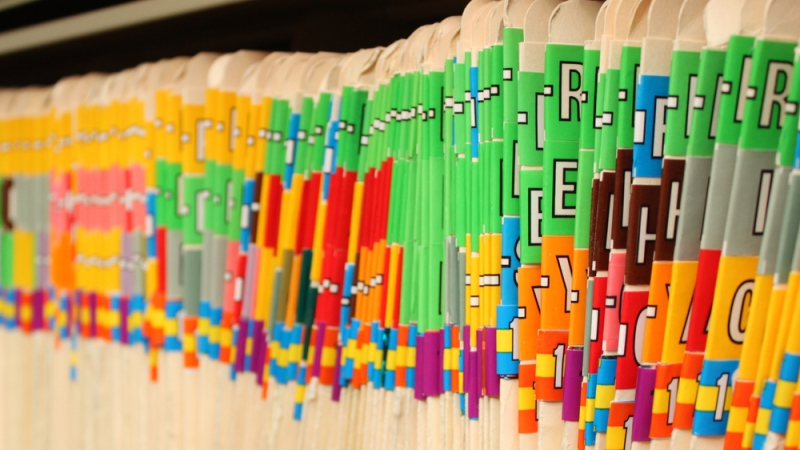
The vital role of digitization in the ongoing effort to meet electronic records mandates is undeniable, Federal government officials agreed on September 9 during a Digital Government Institute webinar at which they discussed their agencies’ successes and challenges in improving the process.
At the U.S. Environmental Protection Agency (EPA), digitizing records has been ongoing for many years. The EPA established an initiative to transition its records management program to the era of digital government, including reviewing record schedules to ensure that they were media neutral and allowing for the electronic capture of records. The agency’s strategy also requires the modernization of EPA electronic record management systems to ensure that they are ready for the decades to come, rather than the paper trail of the past.
As a result, the EPA established a national records management program with two national digitization centers located in Edison, N.J., and Kansas City.
“The standardization of digitization operations across the agency [ensures] that we are digitizing in compliance with regulations by the U.S. National Archives and Records Administration (NARA),” said Paul Van Reed, digitization program manager at the EPA’s East Enterprise Records Management Division.
The White House Office of Records Management is another Federal agency that has been digitizing for many years.
“At the White House, we’ve been [digitizing] records since 1990, which was the first George Bush administration. It started with just scanning images, and we have experienced some challenges over the years,” said Philip Droege, Director of the White House Office of Records Management. “But that’s part of sort of the learning process.”
Unlike agencies like the EPA, the White House Office of Records Management does not need to follow NARA standards. The agency’s goal, according to Droege, is to scan every paper document that comes out of the White House – a challenging task due to the relatively small staff devoted to the effort.
“We’re a relatively small office. There are only about 500 folks here. And so, we can [develop] digitization strategies and processes and make sure that people are following what we give. We are also the ones doing the scanning. We’re not relying on other offices to do that,” Droege added.
Digitization efforts remain somewhat disjointed for the National Park Service (NPS), according to Dennis Riley, senior archivist for Museum Management Program, Cultural Resources, Partnerships, and Science, at the NPS. The agency includes 423 separate units in seven regions, and in many cases, units in rural and remote locations are often left to their own devices to figure out digitization solutions.
“We at our Washington [headquarters] try to provide guidance and support the best we can, but I find out about digitization projects usually third hand, and they are often well underway before I have gotten to the table. There is no centralized approach,” Riley said.
